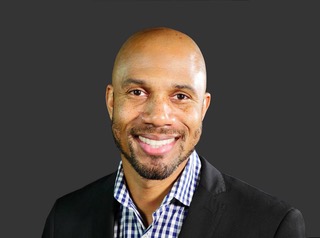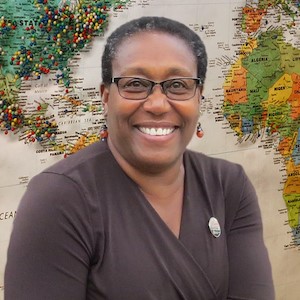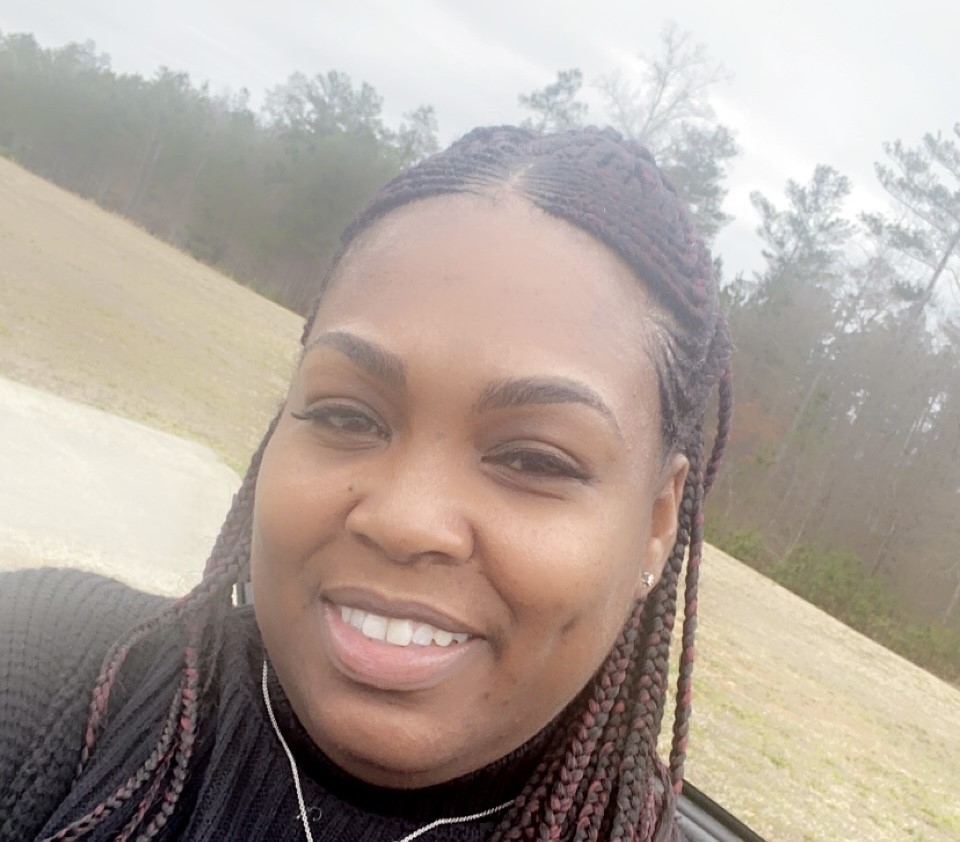5 STEM Professionals Share Why Representation, Inclusion, and Diversity are Essential for Students
As this year’s Black History Month theme explores representation, identity and diversity, we spoke with several educators and former STEM Education Summit participants on how these subjects impact the classroom experience of marginalized students, and in turn, conceptualize their world view.
We asked five science, technology, engineering and mathematics professionals why representation and diversity is necessary for STEM education and can create an equitable future for the industry.
--
VeRonica R. Mitchell: Global Lead Engineering Manager, General Motors
Veronica Mitchell notes three things that need to change about the STEM industry to make it more inclusive: awareness, access to education, and role models.
“Youths of all backgrounds, particularly those from underrepresented groups, need to understand the types of opportunities that are in that space.”
Mitchell believes students should be given opportunities to explore passions and identify natural aptitudes for a variety of interests or careers.

VeRonica R. Mitchell: Global Lead Engineering Manager, General Motors
“We also want to make sure we have access to learning opportunities for our youth,” she said. Mitchell notes that access to education at a fundamental level, and letting it continue to undergraduate and graduate programs, is integral to their success.
“We can’t underestimate having people who are reflective of individuals from underrepresented groups, particularly African-Americans,” she said.
“People want to see people like them functioning in those roles.”
Jonte Lee: Science Teacher, DC Public Schools
“Black male teachers currently represent only two percent of the entire teaching workforce in the United States,” said Lee. “Studies have shown that when students see representation and have a set of diverse teachers, they perform better and are exposed to different types of careers. As a result, they start to build self efficacy where they feel, “I can do this,” Lee said.
“That’s why [representation] is important in STEM education. They can see that there are Black doctors, engineers, chemists, scientists—and it gives them hope and lets them know that it’s possible.” But Lee's call for representation doesn’t just stop at showing various skin tones. Lee also has a speech impediment that gave a student the confidence to begin expressing himself. Lee calls the experience something he “will never forget.”
“I had this one kid who would never speak to me or look at me,” he said. “No matter what I tried.”

Jonte Lee: Science Teacher, DC Public Schools
A teacher approached Lee at a later date and shared that the student who refused to communicate actually had an admiration for Lee. This took him by surprise and was dubious about the teacher’s statement.
Unbeknownst to Lee, the student also had a speech impediment. The teacher told Lee that the student heard him stutter during a class lecture and noticed that no one laughed. “In that moment he knew that everything was possible,” according to Lee.
“That’s when it hit me,” Lee said. “We as teachers have to show up authentically for our students.”
“If he had never seen me stutter that day, and saw that no one laughed...where would he have been?”
Estralita Martin, PhD: San Diego State University:
When asked how educational settings can better support students of color who are interested in STEM, Dr. Estralita Martin said that it starts with diversifying faculty.

Estralita Martin, PhD: San Diego State University
“The faculty that we do have has to be able to let go of tradition, and incorporate cultural norms and information that lets students graduate from school knowing that all science did not start in Europe,” Martin said.
“There were scientists everywhere.”
“We have many faculty who believe everything is unicultural and they have to be able to look outside of their own personal boxes,” she said. “From my perspective, it doesn’t take a lot of effort [to be more inclusive].”
Arthur Mitchell: Executive Director, STEM Equity Alliance:
Arthur Mitchell believes that the notion of diversifying the STEM industry will “water down” its rigor, is harmful.

Arthur Mitchell: Executive Director, STEM Equity Alliance
“We have to recognize that this really is for everyone.” There are issues of equity and cultural problems that are woven into STEM. [The STEM industry] has to decide that it does an equity issue and the outcomes will not be diminished by broadening participation.”
“There’s this mythology that if we work to keep students in the academy, that we’re going to water down the effectiveness of the academy for the sake of diversity,” Mitchell said. “There’s nothing that demonstrates that and it’s an argument that doesn’t have foundation.”
Sadereka Evans, PhD:
For Dr. Sadereka Evans, STEM education can become more inclusive for Black students by educating them on the relevance of STEM to their lives. Students pose questions of “what can this do for me?” or “how can this help me in my life?”
Evans notes that STEM is multifaceted and should be taught in an attainable and realistic way.

Sadereka Evans, PhD: Science Teacher, Hampton High School
“It’s not about what they can’t do, it’s about what they believe,” she said.
“Some students unfortunately believe that they can’t soar any higher than what they see around them.”